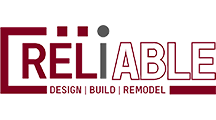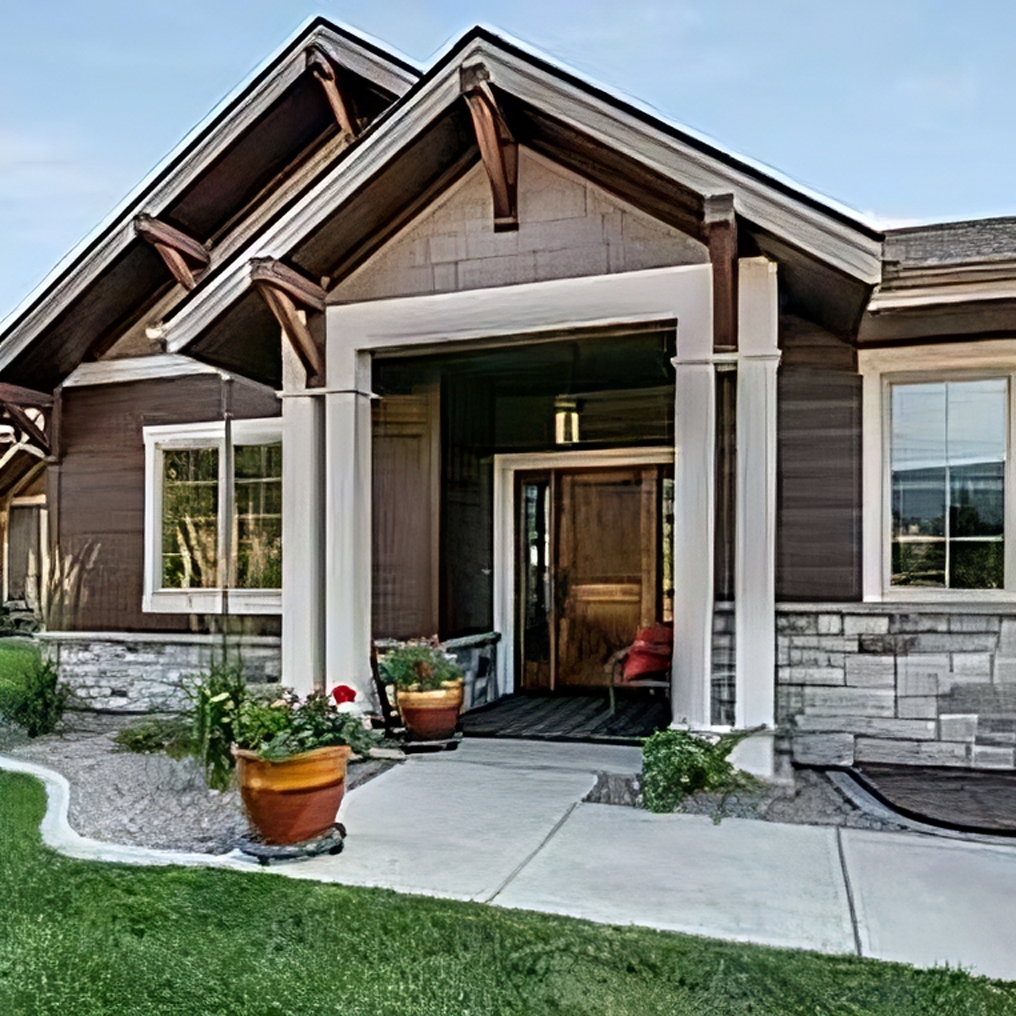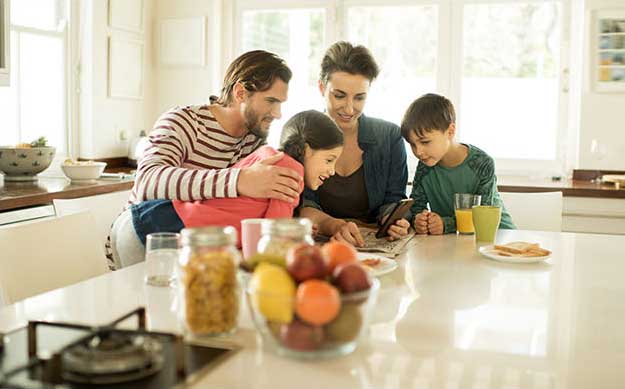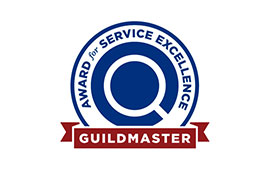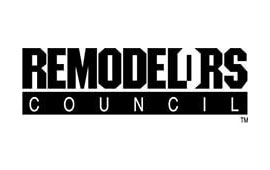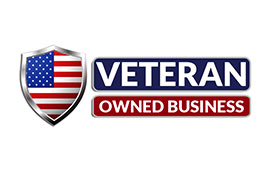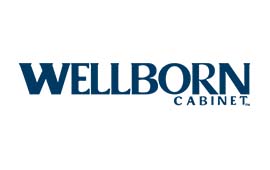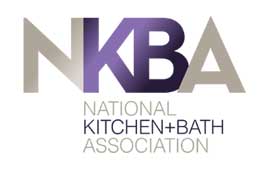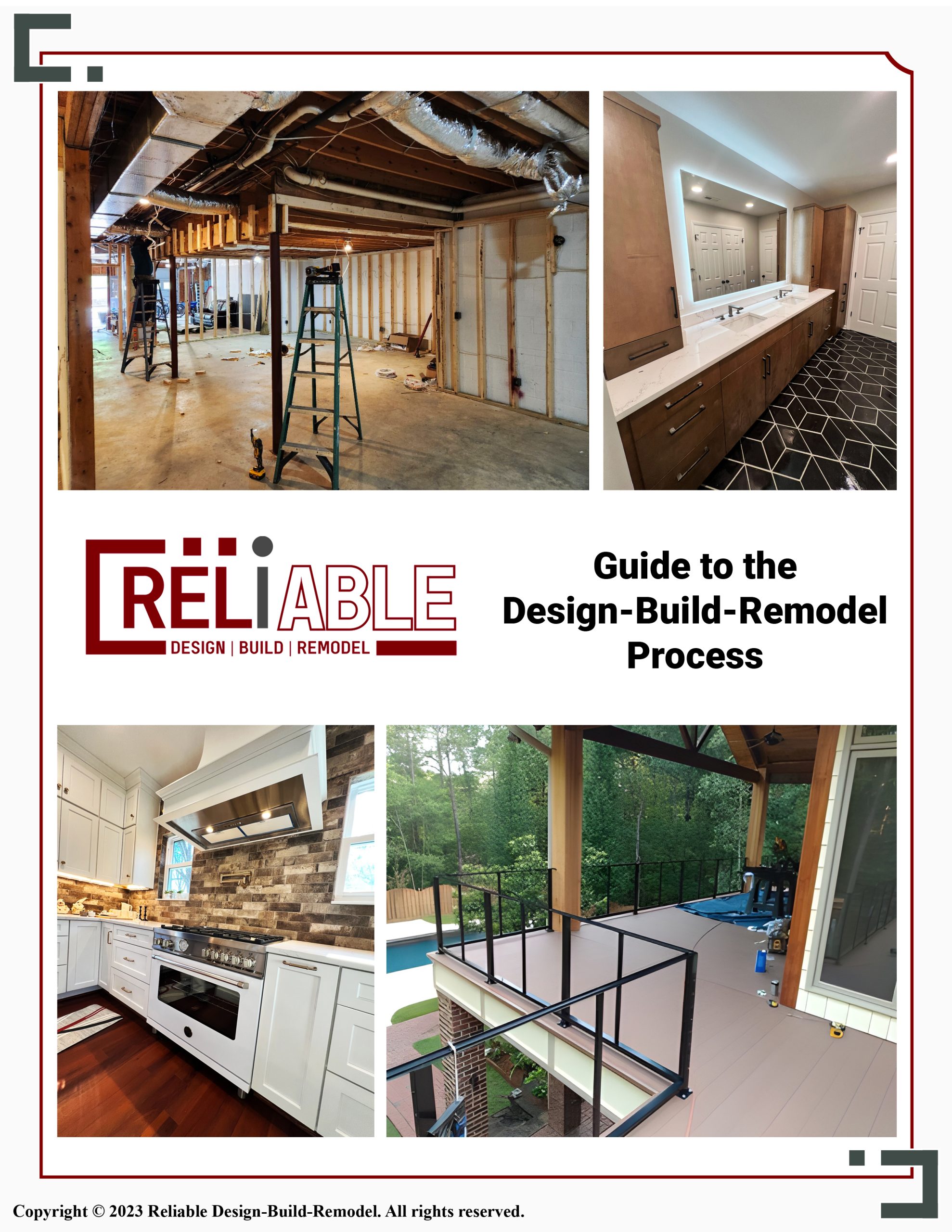When it comes to vintage home interiors, few elements bring nostalgia quite like wood paneling. Once a popular choice in homes, paneling has seen various styles come and go over the decades. As a remodeling company that respects both classic and modern design, Reliable Design-Build-Remodel in Birmingham, AL, understands the unique challenges and charm associated with discontinued paneling. In this post, we’ll explore the different types of wood paneling, the history of paneling from the 1970s, and how it has evolved over time. Plus, we’ll discuss alternatives to classic VJ paneling and address concerns about asbestos in older wood panels.
What Are the Three Common Types of Wood Paneling?
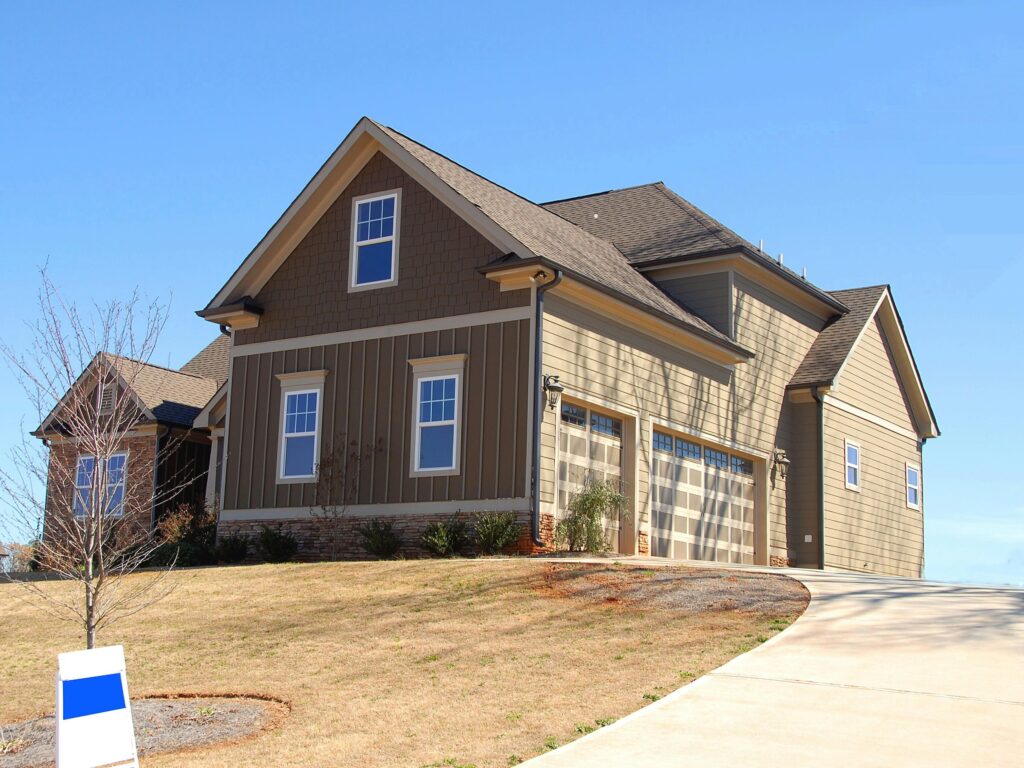
Wood paneling comes in several types, each with its distinct style and applications. The three most common types are shiplap, beadboard, and raised paneling. Shiplap is characterized by its horizontal planks that fit together with a small groove or notch. This style is known for its rustic charm and is often used to achieve a farmhouse look. Beadboard, on the other hand, features narrow, vertical slats with a small ridge (or “bead”) between each board, giving it a cottage-inspired appearance. Raised paneling is more traditional, with panels framed in beveled edges, creating a three-dimensional effect. This type is often used in formal spaces and adds an elegant touch.
While these three types have endured in some form, there were many others popularized during specific design periods that have since been discontinued. Homeowners looking to remodel might encounter these classic styles in older homes or need to replace or update them due to wear.
What Was Paneling From the 70s Made Of?
Paneling from the 1970s was typically made of manufactured wood products rather than solid wood, which was more common in earlier decades. Due to cost-effectiveness and the popularity of wood-look interiors, plywood and medium-density fiberboard (MDF) were used, often with a wood veneer or even a printed faux-wood grain on the surface. This look, associated with dark, rich colors like mahogany or walnut, was the hallmark of many homes from that era. The focus was on affordable materials that offered the appearance of wood without the expense.
As times changed, the trend of dark wood paneling from the ’70s faded, and lighter, brighter walls became more popular. However, for those updating homes from that period, this paneling can be challenging to maintain or restore, as many of these materials were discontinued in favor of newer, more durable options.
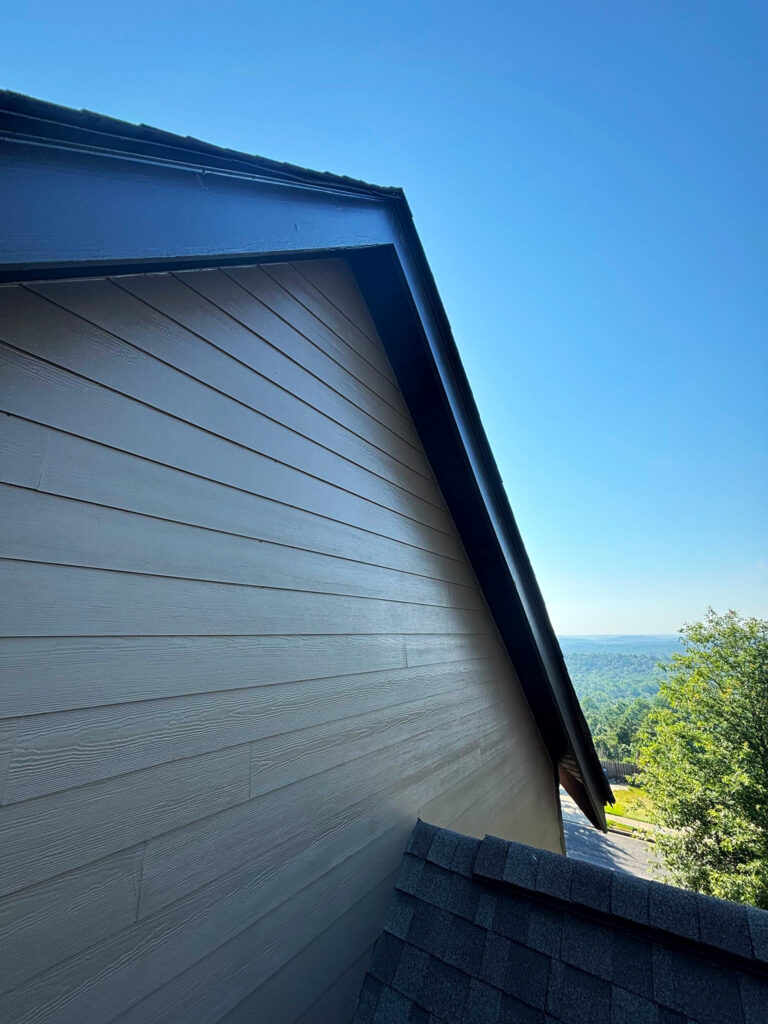
When Did Paneling Go Out of Style?
Wood paneling began to lose popularity in the late 1970s and early 1980s. During this time, homeowners started to gravitate toward light and neutral colors, often using drywall instead of wood to create smooth, painted surfaces. By the mid-1980s, many people considered paneling outdated and opted to cover it with wallpaper, paint, or even remove it altogether. This shift was fueled by a desire for brighter spaces that felt more open and modern compared to the dim, wood-heavy aesthetic of the previous decades.
Today, however, we’ve seen a resurgence of paneling styles, with many homeowners incorporating painted shiplap, reclaimed wood, and beadboard to add texture and interest to walls. Although these modern takes on paneling differ in style and approach, they pay homage to the traditional panels that once adorned nearly every room in the house.
What Is an Alternative to VJ Paneling?
For those unfamiliar, VJ (Vertical Joint) paneling is a type of wood paneling popular in Australia, known for its clean, vertical lines and tongue-and-groove construction. It has a classic, understated look that works well in a variety of home styles. However, VJ paneling can be challenging to source, especially if you’re trying to match existing panels in a home with discontinued materials. Fortunately, there are several alternatives.
One popular alternative is beadboard paneling, which also has a vertical slatted look but is widely available in various materials and finishes. Another option is shiplap, which provides a more rustic aesthetic with its horizontal lines and overlapping boards. Lastly, grooved MDF boards offer a modern solution that mimics VJ paneling at a lower cost and can be painted to suit any décor. Each of these options allows you to achieve a similar look and feel as VJ paneling while providing flexibility in materials and installation.
Does Old Wood Paneling Contain Asbestos?
For homeowners remodeling older properties, one important safety consideration is the potential presence of asbestos in certain building materials. Although wood paneling itself doesn’t usually contain asbestos, adhesives or other building products used with paneling in the 20th century might. For example, some glues, adhesives, or wall insulation backing certain types of paneling may contain asbestos if the home was built or renovated between the 1940s and the late 1980s.
If you’re unsure whether asbestos might be present, it’s best to consult a certified asbestos inspector or professional contractor before beginning renovations. They can assess whether testing is needed and safely guide you through the process. Remodeling with safety in mind is essential, especially when dealing with older homes where asbestos could pose a health risk if disturbed.

Discontinued wood paneling styles like those from the 1970s hold a special place in the hearts of many homeowners who appreciate retro design. By understanding the materials and options available, you can make informed decisions about how to work with or replace these classic features.
Reliable Design-Build-Remodel is a full service general construction firm and remodeling contractor operating in the Birmingham metro and Jefferson and Shelby County areas and surrounding communities, including Birmingham, Helena, Chelsea, Mountain Brook, Hoover, Homewood, Montevallo, Alabaster, Vestavia Hills, and Pelham, with over 30 years of servicing our valued clients. Offering full service suite of general remodeling, design and build services. Our specialties include bathroom remodeling, kitchen remodeling, exterior renovations, interior renovations, painting, and more!
Visit us at reliablerem.com, and like and follow us on Facebook and Instagram!
